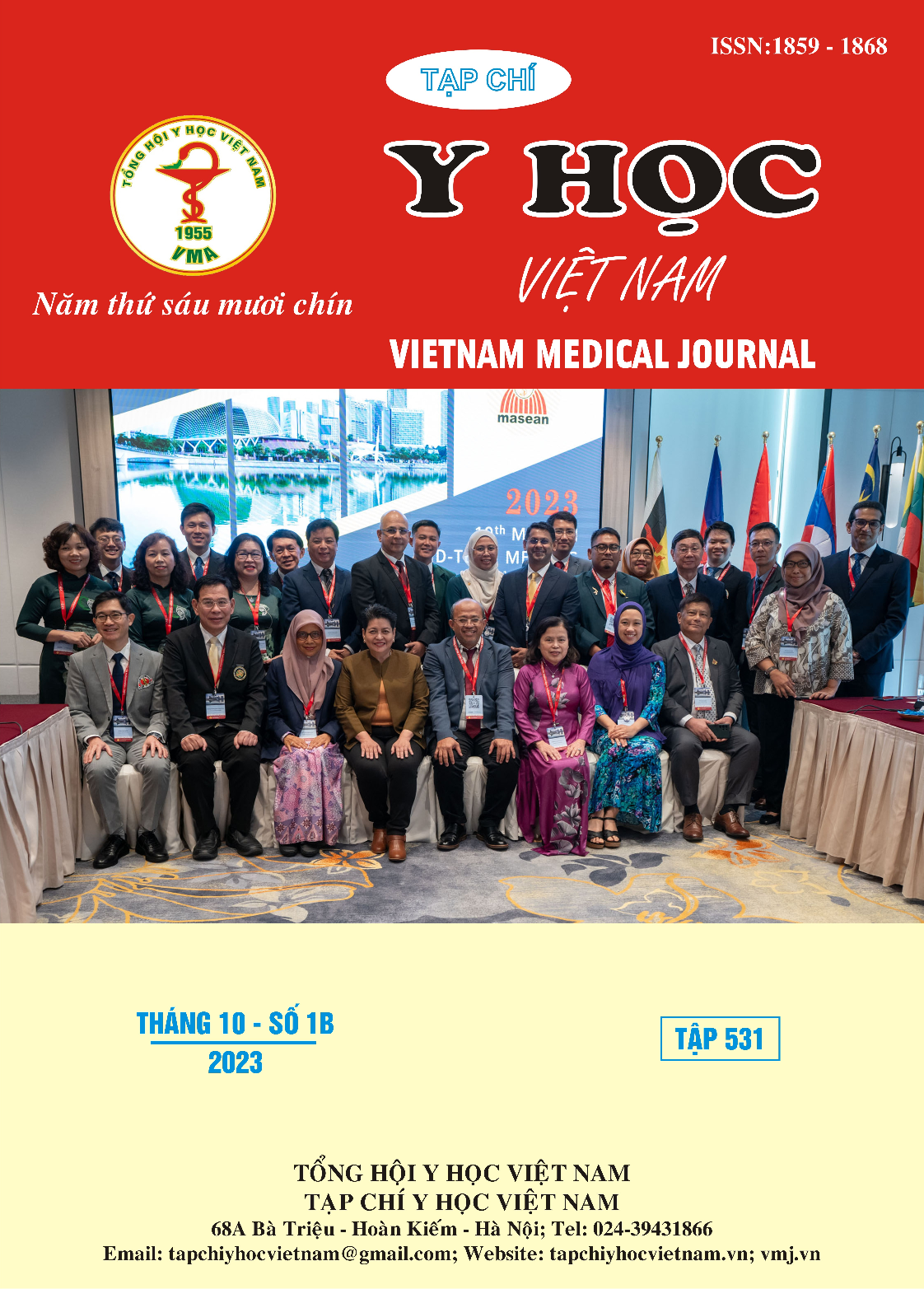THE SITUATION OF KNEE OSTEOARTHRITIS AND RELATED FACTORS IN ELDERLY PATIENTS UNDERGOING OUTPATIENT TREATMENT AT CA MAU GENERAL HOSPITAL
Main Article Content
Abstract
Background: Knee osteoarthritis (KOA) is one of the most common degenerative diseases, significantly impacting the quality of life of elderly individuals and adding economic burden to society. Research objective: To determine the prevalence and some related factors of knee osteoarthritis in elderly patients undergoing outpatient treatment at Cà Mau General Hospital during the period of 2022-2023. Materials and method: A cross-sectional descriptive study was conducted on 400 elderly patients attending outpatient clinics. Results: Among the 400 elderly individuals attending outpatient clinics, 57.2% (n=229) were diagnosed with knee osteoarthritis, while 42.8% (n=171) were not affected by this condition. Some factors associated with knee osteoarthritis included: age group above 70 years (OR = 2.31, p < 0.001), residing in rural areas (OR = 1.58, p = 0.027), education level up to primary school (OR = 2.414, p < 0.001), manual labor (OR = 1.733, p = 0.011), and BMI at overweight-obesity level (OR = 1.52, p = 0.042). Conclusion: The research results at Ca Mau General Hospital showed that knee osteoarthritis is a prevalent disease, accounting for 52.7% of cases. It is essential to enhance community education about the risks and symptoms of knee osteoarthritis, particularly for the age group above 70, those residing in rural areas, and individuals with low education levels. Regular community education can help increase awareness and early detection of the disease, while providing knowledge to prevent and effectively manage knee osteoarthritis.
Article Details
Keywords
Knee osteoarthritis; Elderly; Ca Mau.
References
2. Đinh Thị Diệu Hằng (2012), Nghiên cứu thực trạng bệnh thoái hóa khớp gối và hiệu quả nâng cao năng lực chẩn đoán, xử trí của cán bộ y tế xã tại Hải Dương, Luận án Tiến sĩ Y học, Trường Đại học Y Hà Nội.
3. Nguyễn Vĩnh Ngọc, Nguyễn Thị Ngọc Lan và Nguyễn Thị Ái (2007), So sánh các tiêu chuẩn chẩn đoán thoái hóa khớp gối, Tạp chí Y học lâm sàng, Số đặc san, tr. 74-78.
4. Hồng Nhung (2017), “Vấn đề già hóa dân sô ở các nước phát triển”, Tạp chí Mặt trận, http://tapchimattran.vn/the-gioi/van-de-gia-hoa-dan-so-o-cac-nuoc-phat-trien-10248.html, truy cập ngày 20/06/2023.
5. Nguyễn Văn Tuấn (2018), Đi vào nghiên cứu khoa học, Nhà xuất bản tổng hợp thành phố Hồ Chí Minh.
6. Đinh Thị Diệu Hằng (2013), Nghiên cứu thực trạng bệnh thoái hóa khớp gối và hiệu quả nâng cao năng lực chẩn đoán xử trí của cán bộ y tế xã tại Hải Dương, Luận án tiến sĩ y học, Trường Đại học Y Hà Nội.
7. Nguyễn Thị Ngọc Lan và cộng sự (2010), Bệnh học cơ xương khớp nội khoa, NXB Giáo dục Việt Nam. Trang 140 – 153.
8. Spannow A.H, M. Pfeiffer-Jensen, N. T. Andersen et al (2010), Ultrasonographic measurements of joint cartilage thickness in healthy children: age- and sex-related standard reference values, J Rheumatol, 37 (12), pp. 2595-2601.


